Fechar

Name: Bear Spectacled
Place: Is located in Peru in High Forest
Characteristics: Color white and pale yellow spots around the eyes, The bear spectacled lives in the caves
Scientific name : Tremarctos ornatus
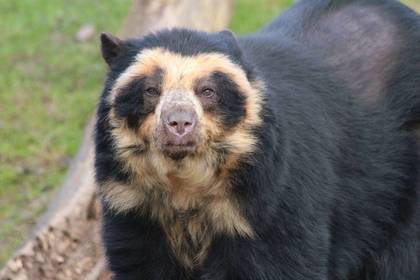
Name: Odobenocetops
Place: Pliocene
Characteristics: it is an extinct sort of Odobenocetops cetaceans that lived in the Pliocene.
Scientific Name : C. megalodon
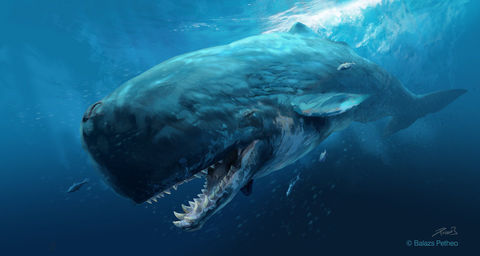
Name: Toucan
Place: They live in forests of Mexico, Peru, Brazil, Costa Rica and Argentina.
Characteristics: Is a medium-sized bird native to the rainforests of central and South America and the Caribbean.
Scientific Name: Ramphastos Toco
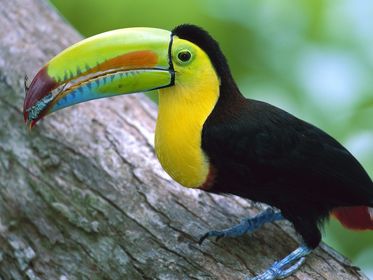
Name: Humboldt penguin
Place: Is ubicated in the northern the
coastlines of Peru and Chile.
Characteristics: Is a medium-sized species of penguin the Humboldt penguin is similar in appearance to
northern penguin.
Scientific Name: Spheniscus Humboldti
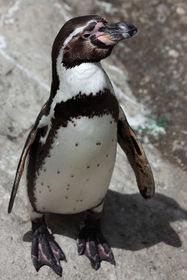
Name: Vicuña
Place: It lives in the north of Argentina, the west of Bolivia, the northeast of Chile, sectors of the $andes of Ecuador, and in the Andean heights of Peru
Characteristics: It lives in the north of Argentina, the west of Bolivia, the northeast of Chile, sectors of the Andes of Ecuador, and in the Andean heights of Peru
Scientific Name : Vicugna vicugna
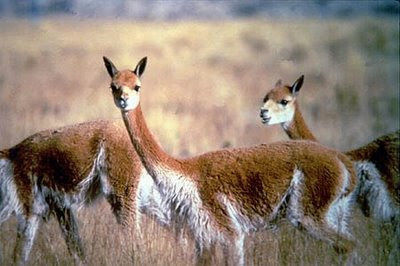
Name: Agouti
Place: One is from the south of Mexico and Central America to the north of Argentina, mainly in the forests, to less than 2,000 m.s.n.m.
Characteristics: it is a species of hystricomorph rodent of the Dasyproctidae family.
Scientific Name: Dasyprocta punctata
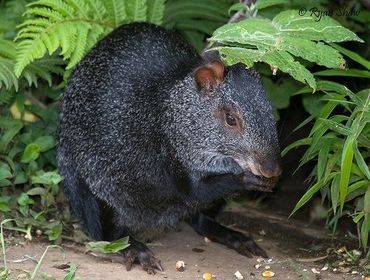
Name: Flame
Place: Fist or Plateau of Peru, Bolivia, Argentina, Ecuador and Chile.
Characteristics: Artiodáctilo of the Camelidae family is a domestic mammal, abundant in the First or Plateau of Peru, Bolivia, Argentina, Ecuador and Chile.
Scientific Name: Lama glama
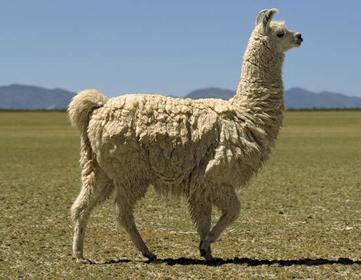
Name: Chinchilla
Place: Is ubicated in the south of Andes
Characteristics: Erosive mammal of aspect similar to the squirrel, about 20 to 30 cm in length, dumpy body, very smooth hair of gray color
Scientific Name: Chinchilla lanigera
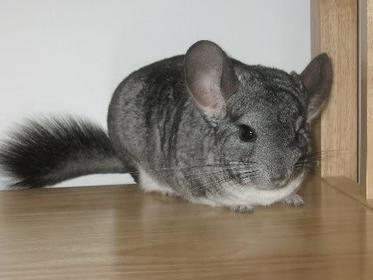
Name: Albatross of Chatham
Place: Is ubicated In The Pyramid, a great rock of the Chatham islands, in New Zealand.
Characteristics: it is a black and white albatross of so large half.
Scientific Name: Thalassarche eremita.
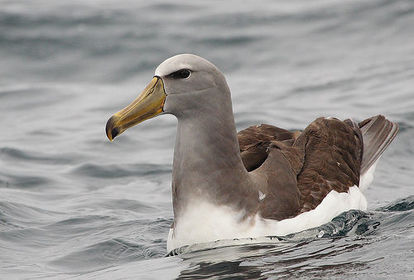
Name: Guanaco
Place: It inhabits only in South America, maintaining populations in all the west of Argentina and Bolivia, great part of Chile, and smaller populations in the west of Paraguay and Peru.
Characteristics: It is a wild, elegant animal, of fine bones, with an approximated height of 1.60 meters and near 91 kilograms of weight, this animals was a extinction for the hunts.
Scientific Name: Lama guanicoe
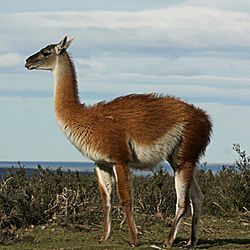
Andean Condors
Scientific name: Vultur gryphus
Bulgar name: Andean Condor
What do they eat?
eat eggs of another birds
where they live? They live in peru
characteristcs before of the Phenomenal el Niño: Andean condors are massive birds, among the largest in the world that are able to fly these condors are mostly black, but males have a distinctive white "collar" around their necks and some white markings on their wings as well they over 75 years .
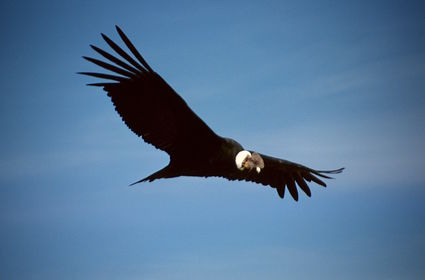
Cock of the Rock
Scientific name? Rupicola
Bulgar name? cock of the rock
Where they live?They live in peru
What do they eat?
They eat fruits
characteristcs before of the Phenomenal el Niño:They are in endangered the male has the very colorful plumage with a combination of orange and black. The females have the plumage of austere color and extinguished, like tones brown.
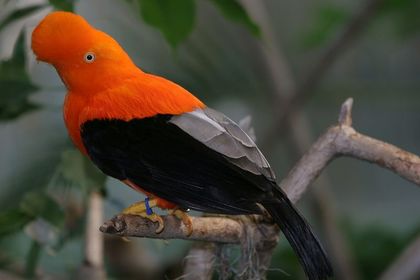
Dog without hair
Scientific name: Viringos
Bulgar name:Dog without hair
What do they eat? They eat pedigreewhere they live? They live in peru
characteristcs before of the Phenomenal el Niño:
it is a race of dog without original hair of the Peru usually used like company animal.
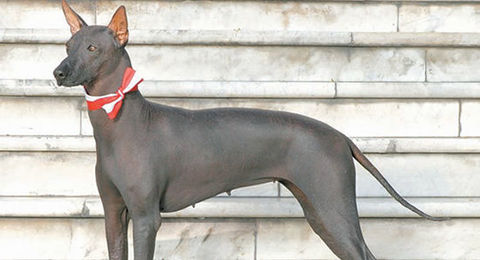
Dolphin Pink
Scientific name: Inia geoffrensis
Bulgar name: Dolphin Pink
What do they eat? they feed mainly on fish, as many as 53 different species
they live? They live in peru
characteristcs before of the Phenomenal el Niño:
it is a species of odontocete cetacean of the Iniidae family, the unique one of the Inia sort dolphin is the largest species of river dolphin, with adult males reaching 185 kilograms in weight, and 2.5 metres .
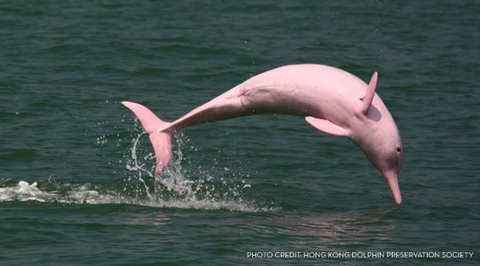
Corydora gold ray
Scientific name: Corydoras metae
Bulgar name: Corydora gold ray
What do they eat?
they live? They live in peru
characteristcs before of the Phenomenal el Niño:
it is a species of fish of the Callichthyidae family in the order of the Siluriformes The fish can grow in length up to in 4.8 cm. It lives in a tropical climate in water.
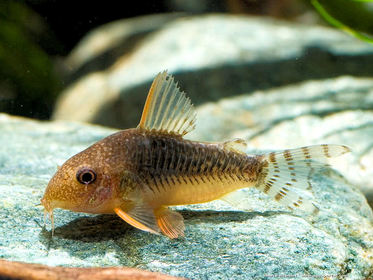
Jaguar
Scientific name:
Panthera onca
Bulgar name: Jaguar
What do they eat? They eat meat
where they live? They live in peru
characteristcs before of the Phenomenal el Niño:
Panthera onca, is a big cat, a felineThe jaguar is the third-largest feline after the tiger and the lion, and the largest in the Americas. The jaguar's present range extends from Southwestern United States and Mexico across much of Central America and south to Paraguay and northern Argentina. Apart from a known and possibly breeding population in Arizona.
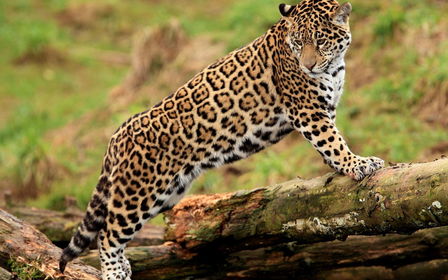
Name: Alpaca
Place: animal bred in the mountains
Characteristics:Artiodáctilo of the Camelidae family is a domestic species of mammal.
Scientific Name: Vicugna pacos
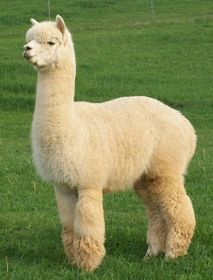
Name: Monkey titi
Place:the forests coastal droughts, forests, rain forests, urban forests.
Characteristics: Also they are known like tamarins and that stops some conform the Callitrichidae family, but who stops others are a subfamily of the cervids ones.
Scientific Name: Callithrix jacchus
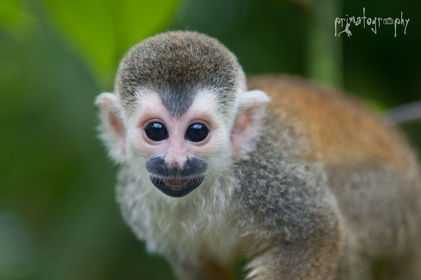
Name: Tordo Pruano
Place: One is in the west of South America in the west of Ecuador and the northeast of Peru.
Characteristics: It is a resident bird found in the west of South America in the west of Ecuador and the northeast of Peru.
Sientific Name:Turdus maculirostris
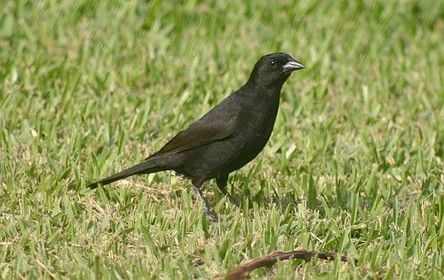
Name: Cotorrama
Place: One is in the coast of the north of Peru
Characteristics: it is a passeriform bird of the Cotingidae family threatened of the North coast of Peru.
Sientific name: Phytotoma raimondii
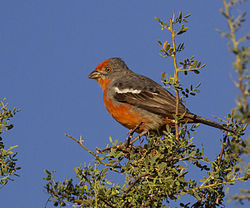

 Ocultar acertos
Ocultar acertos